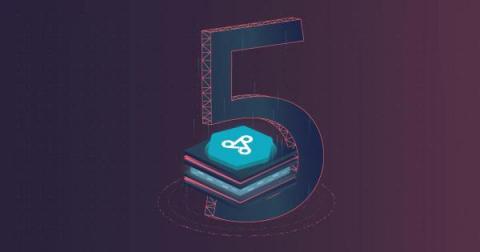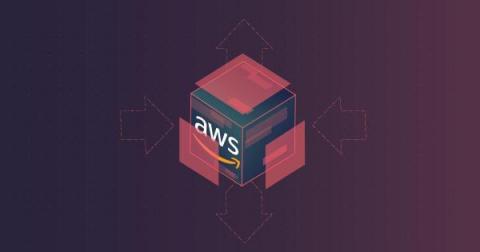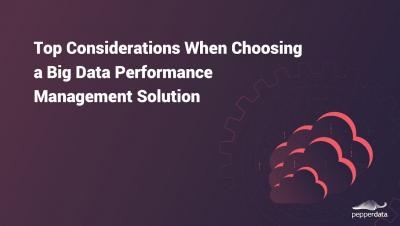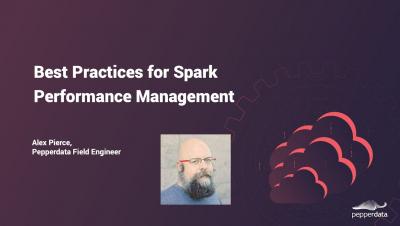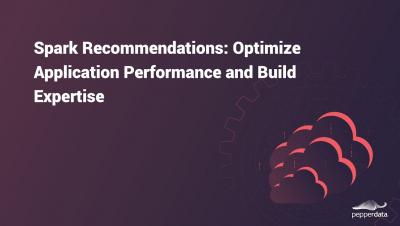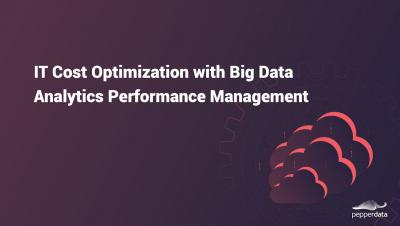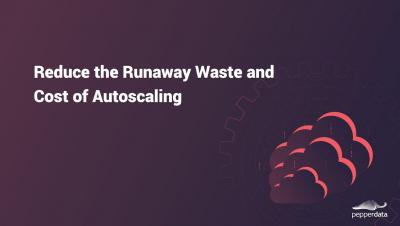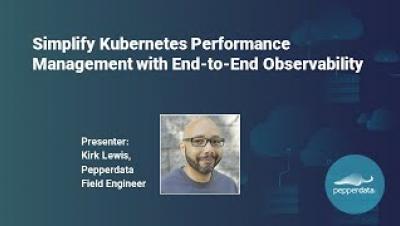Operations | Monitoring | ITSM | DevOps | Cloud
November 2021
Lower Your Google Cloud Costs with These 5 Google Dataproc Best Practices
Thinking about using Google Dataproc as your cloud vendor? We can see why. Google Dataproc is a powerful tool for analytics and data processing, but to get the most out of it you have to ensure you use it properly. We’re going to explore five best practices you can use to lower your Google cloud costs while maximizing efficiency: Following these tips will ensure the best performance and help keep your cloud costs in line.
Pepperdata Lets AWS Auto Scaling Execute More Big Data Workloads
Here at Pepperdata, we continuously work to improve our products and better serve our customers. Whether it’s executing more big data workloads or ensuring their resource consumption remains optimal, we want our customers to get the best value and tangible benefits from our products while not overshooting their big data cloud budgets. Today, we’re bringing you the data to back up our claims that all of this is possible.



